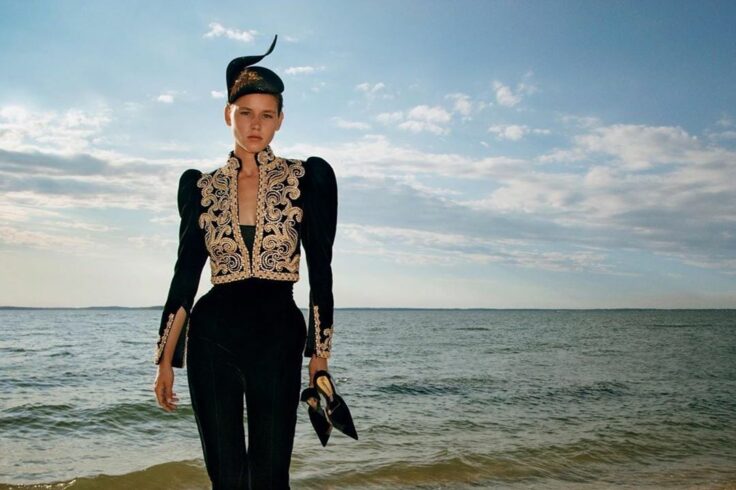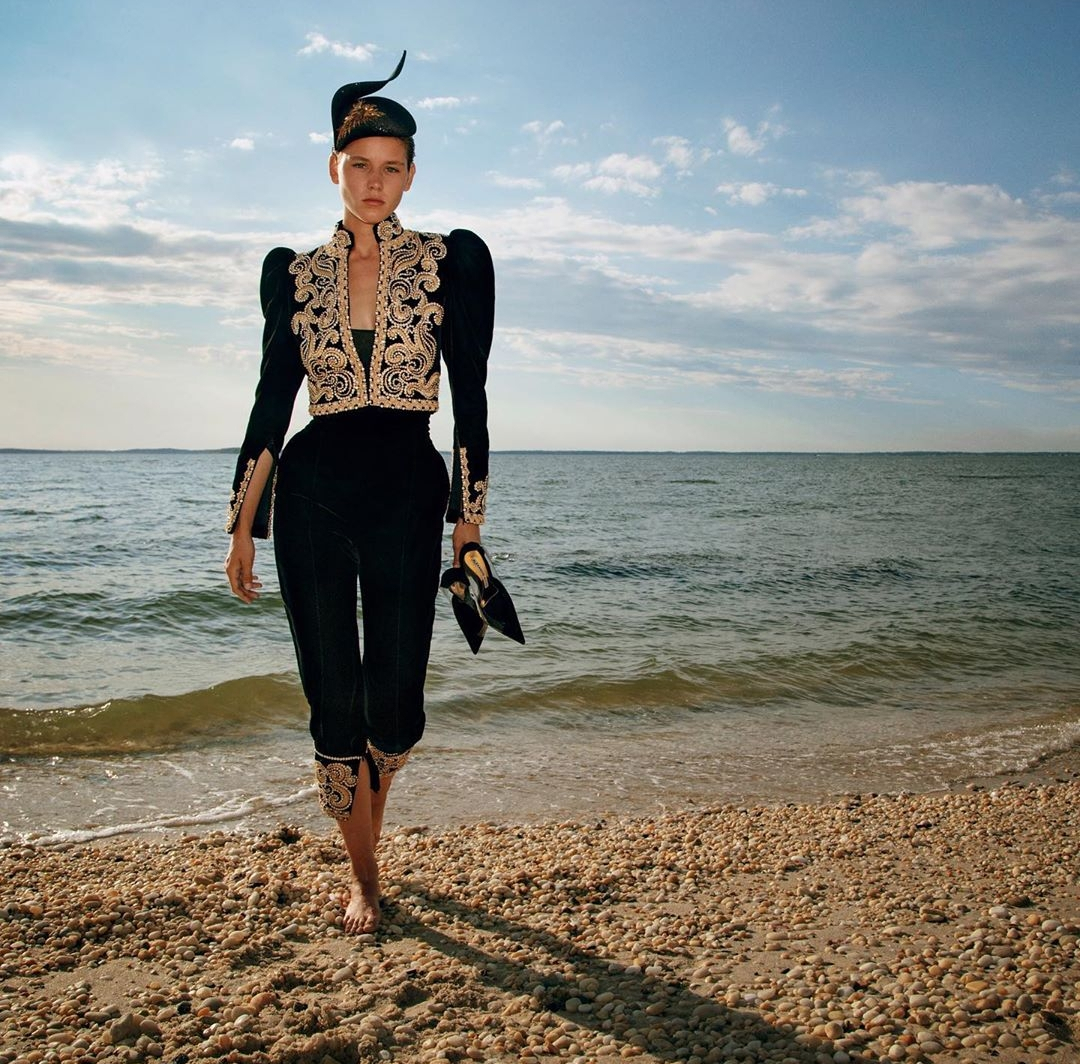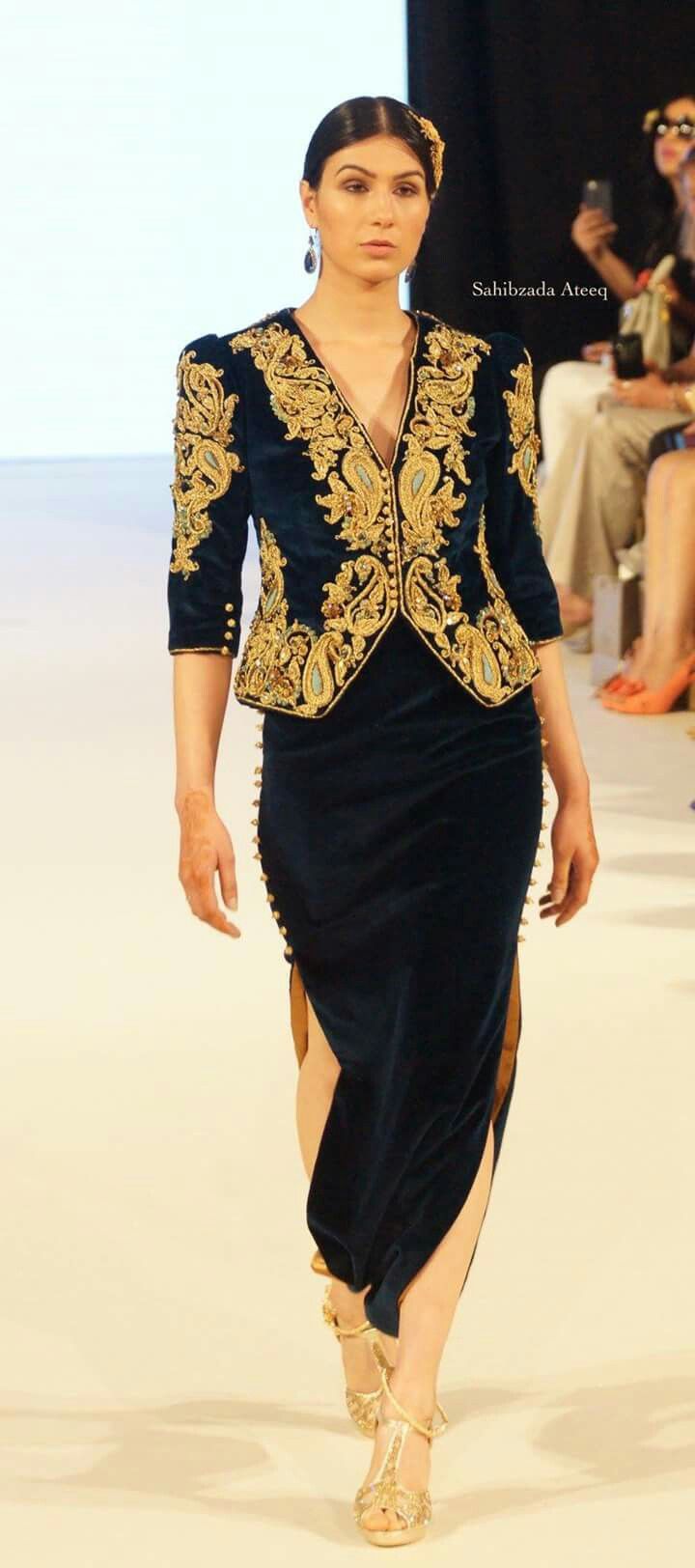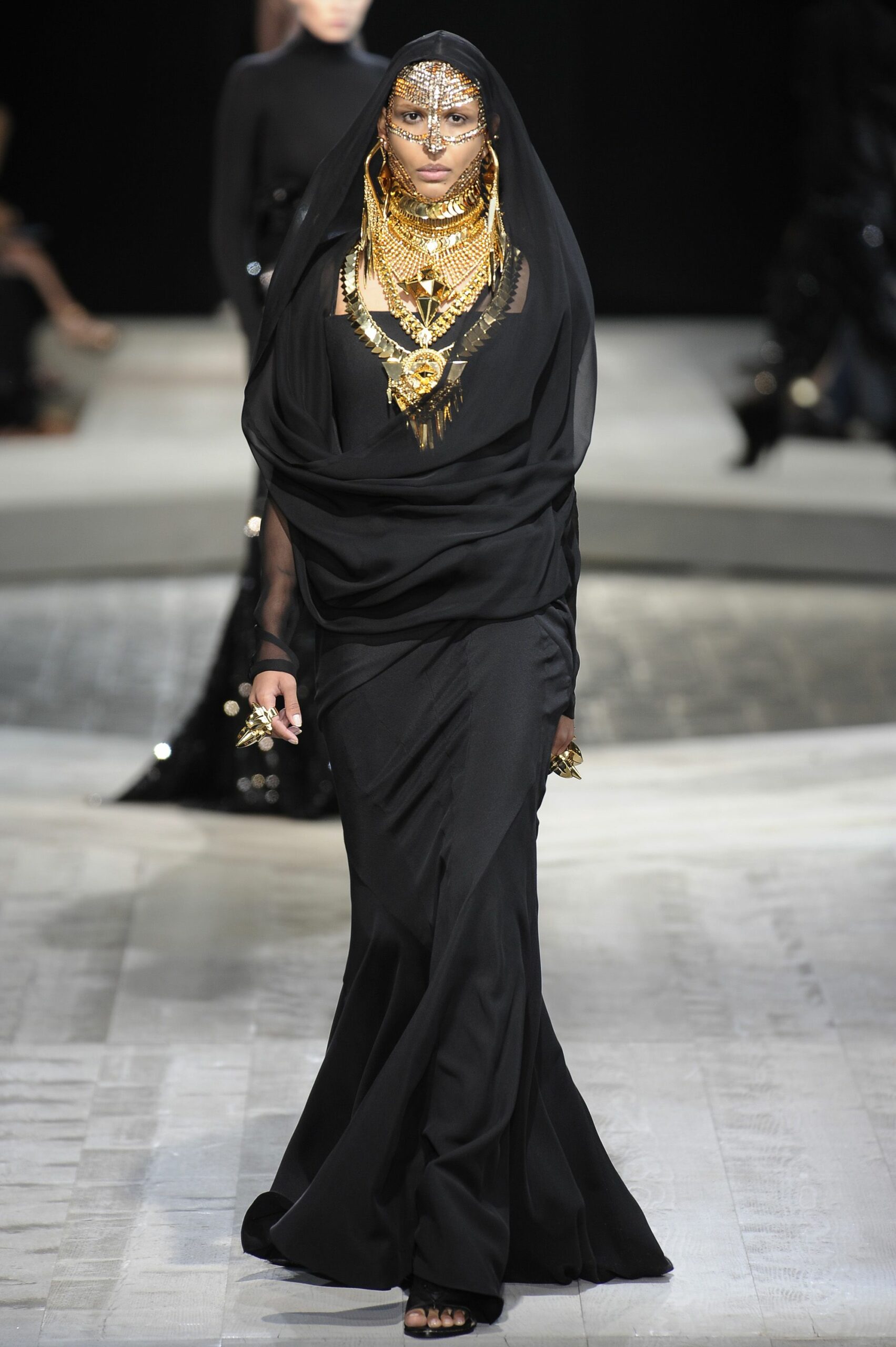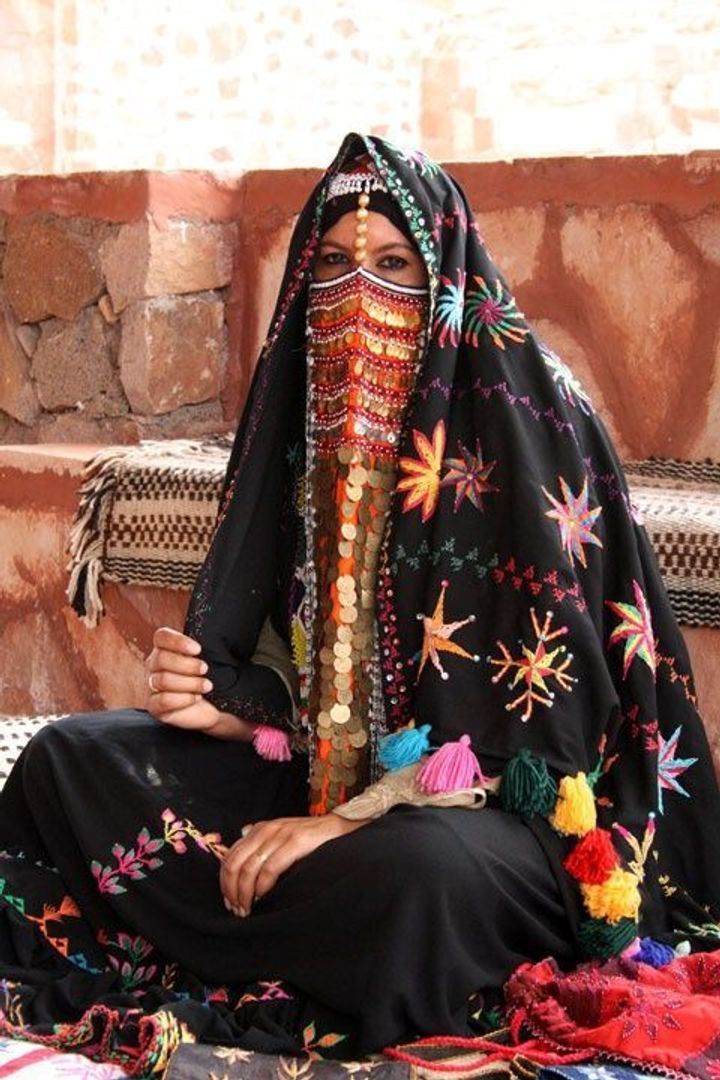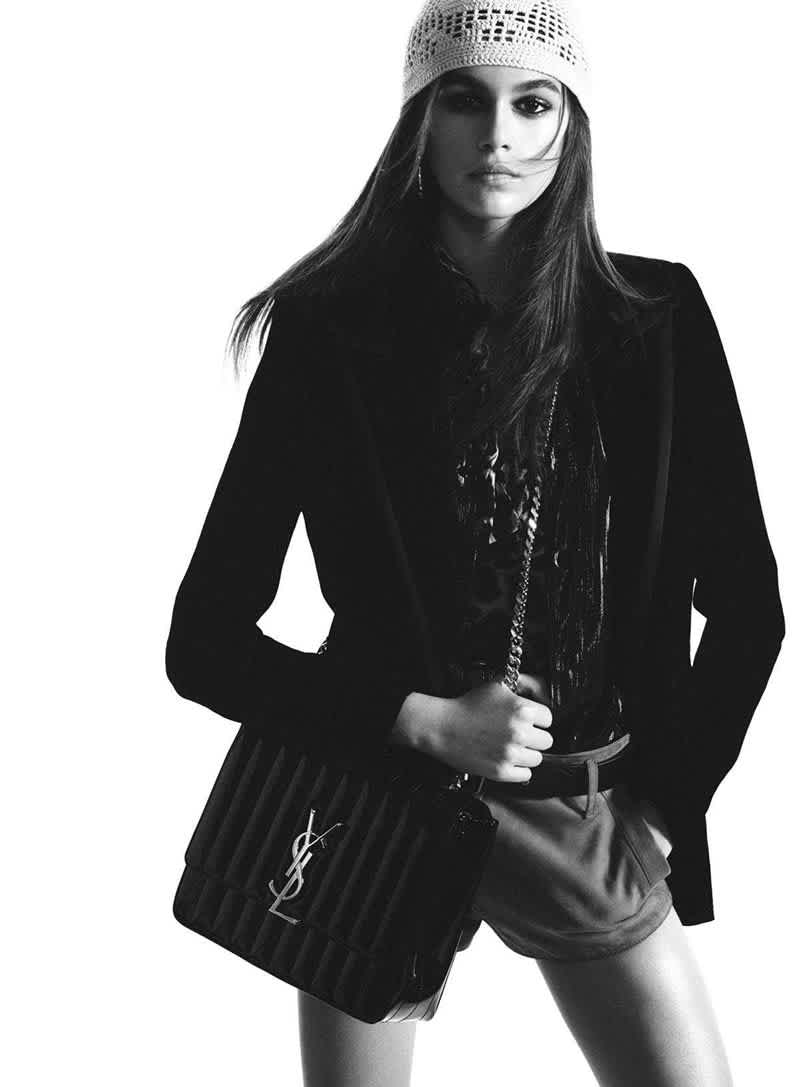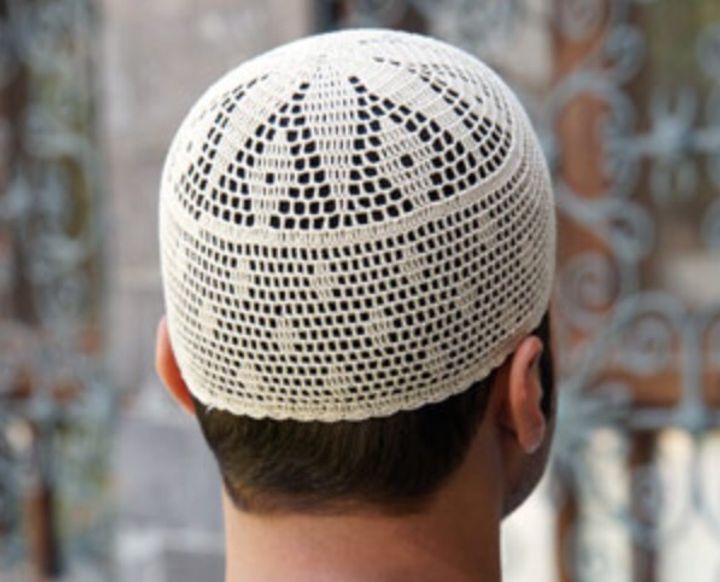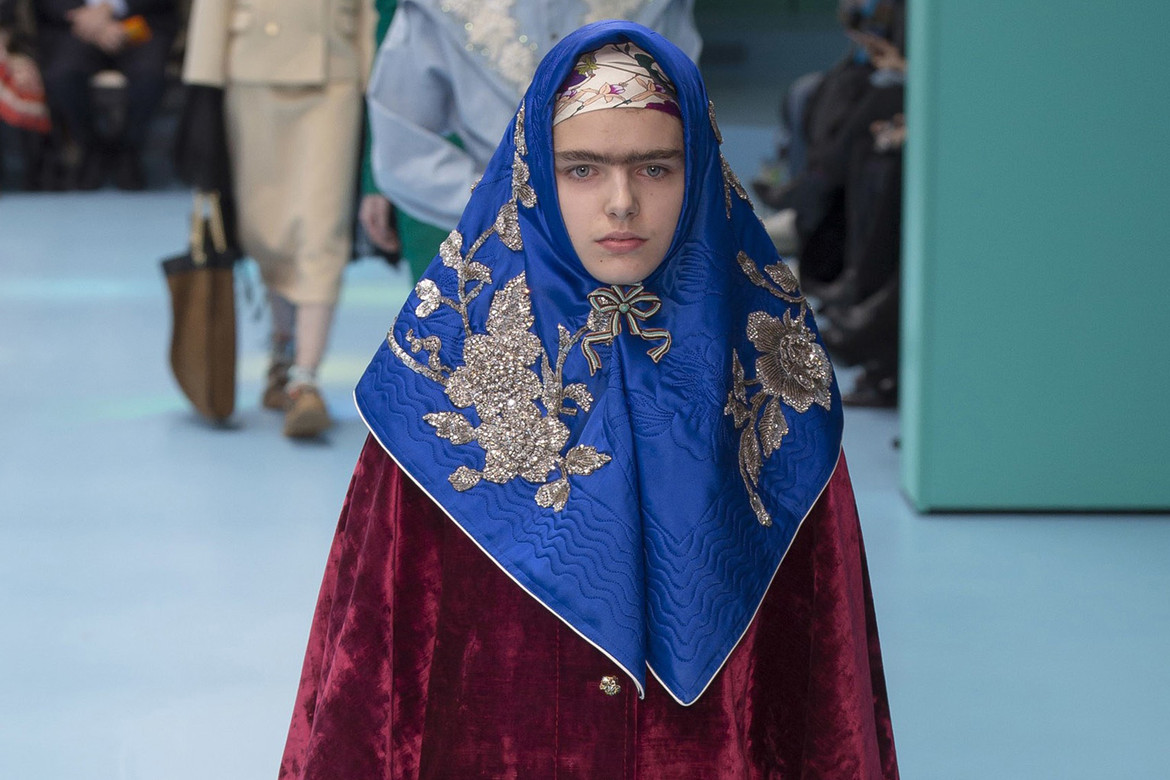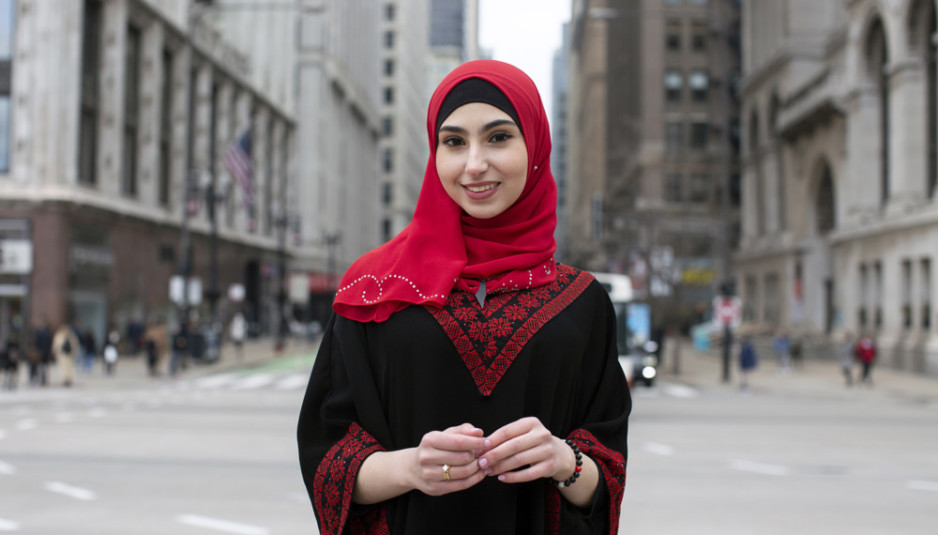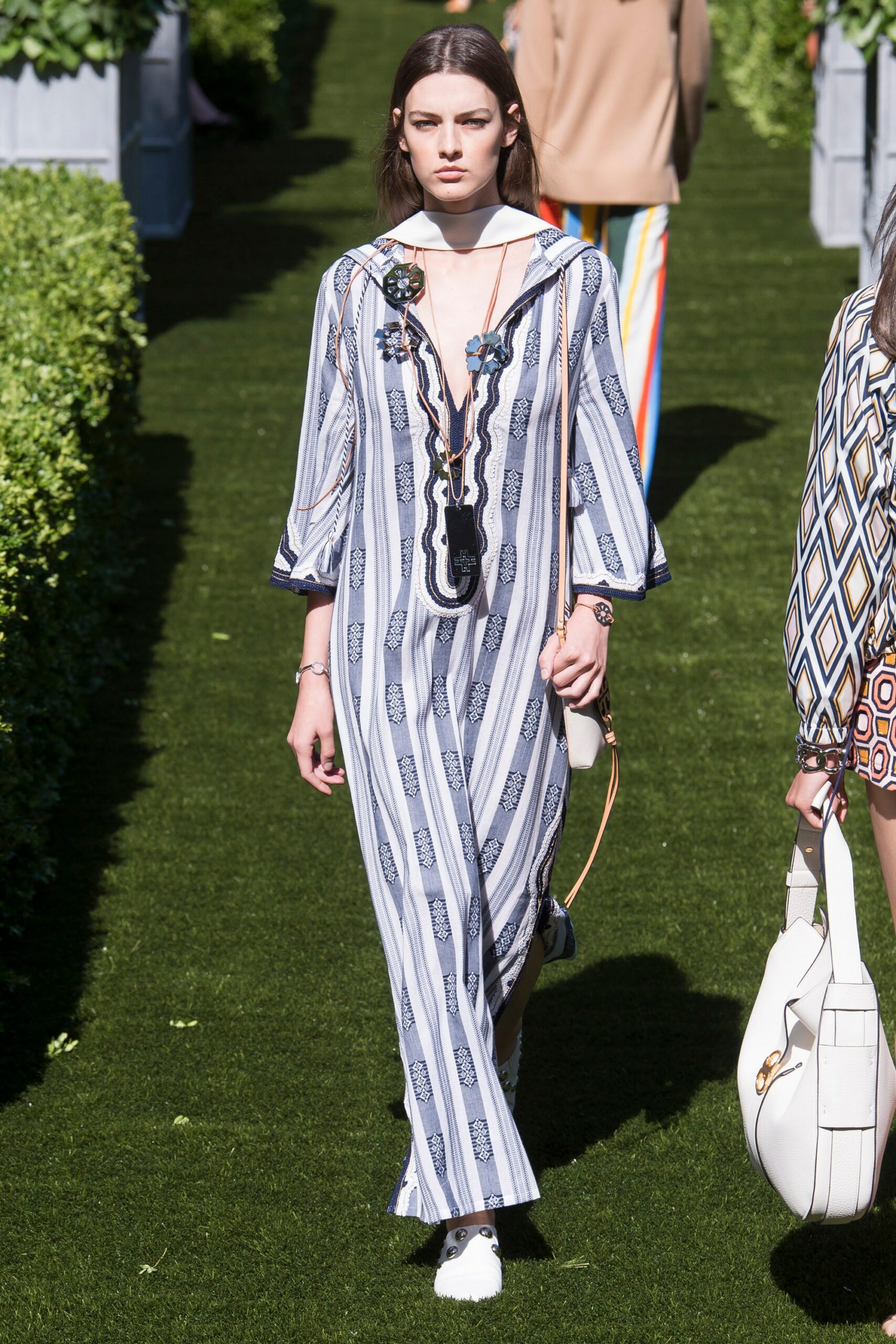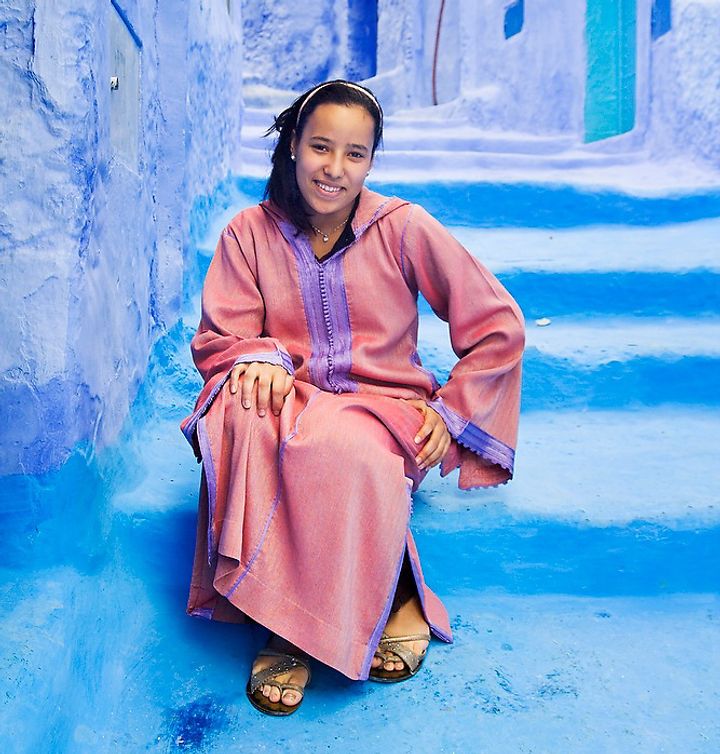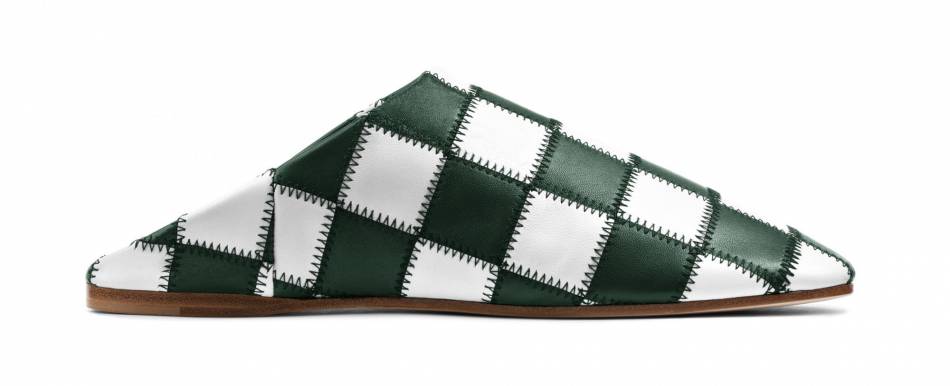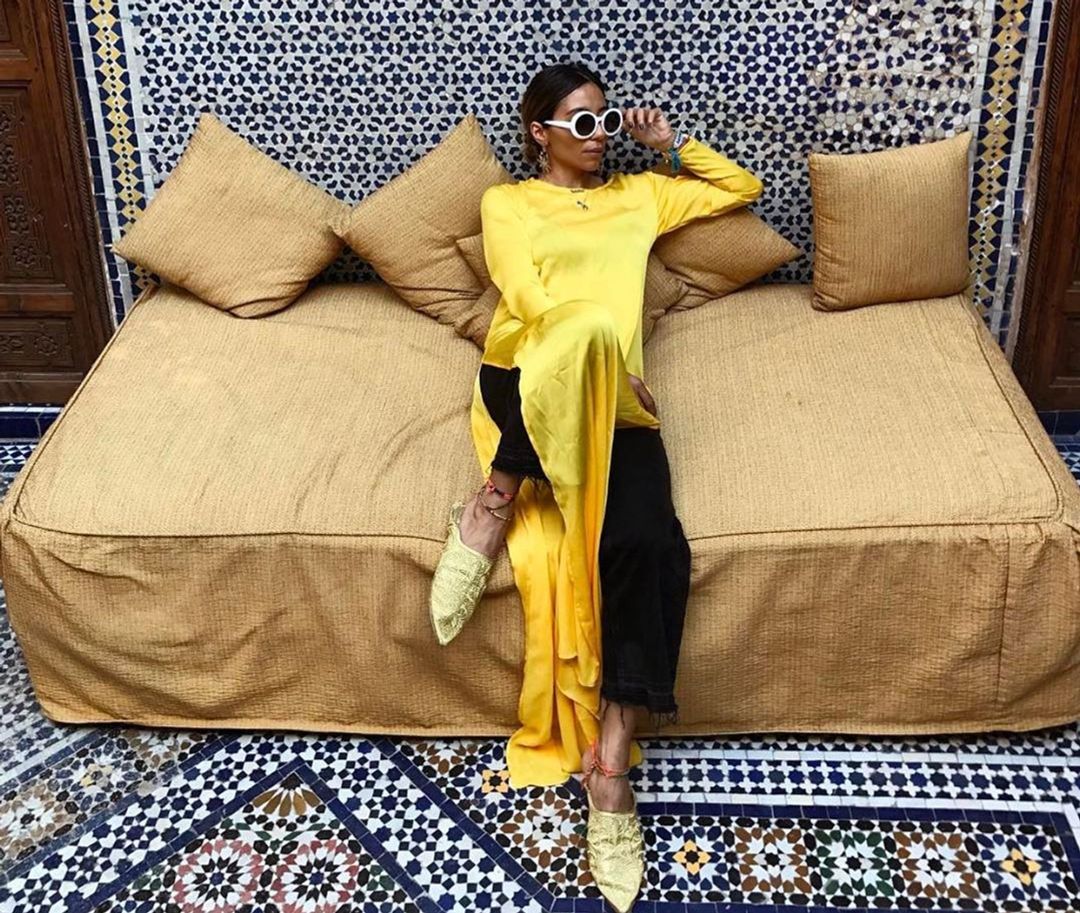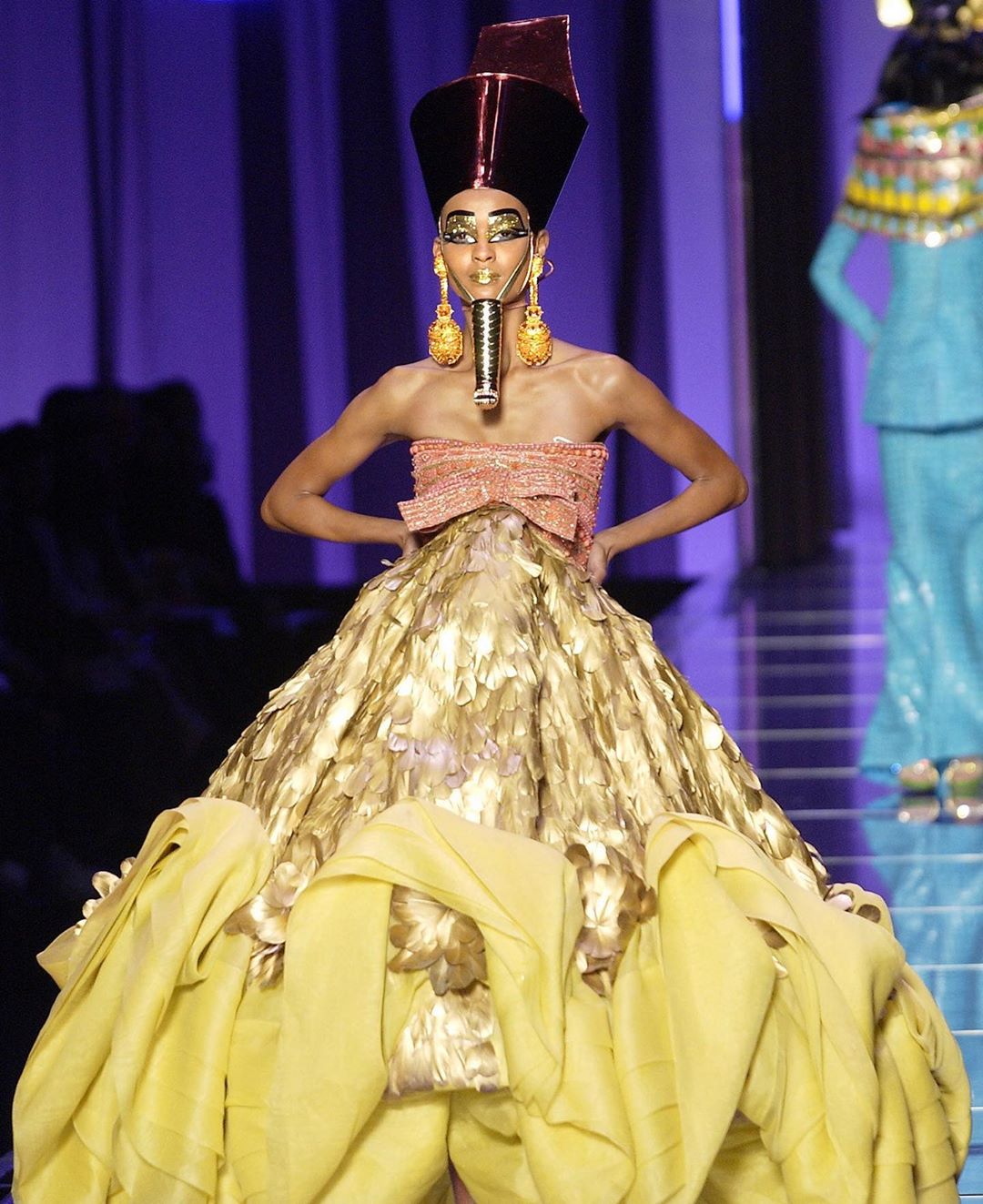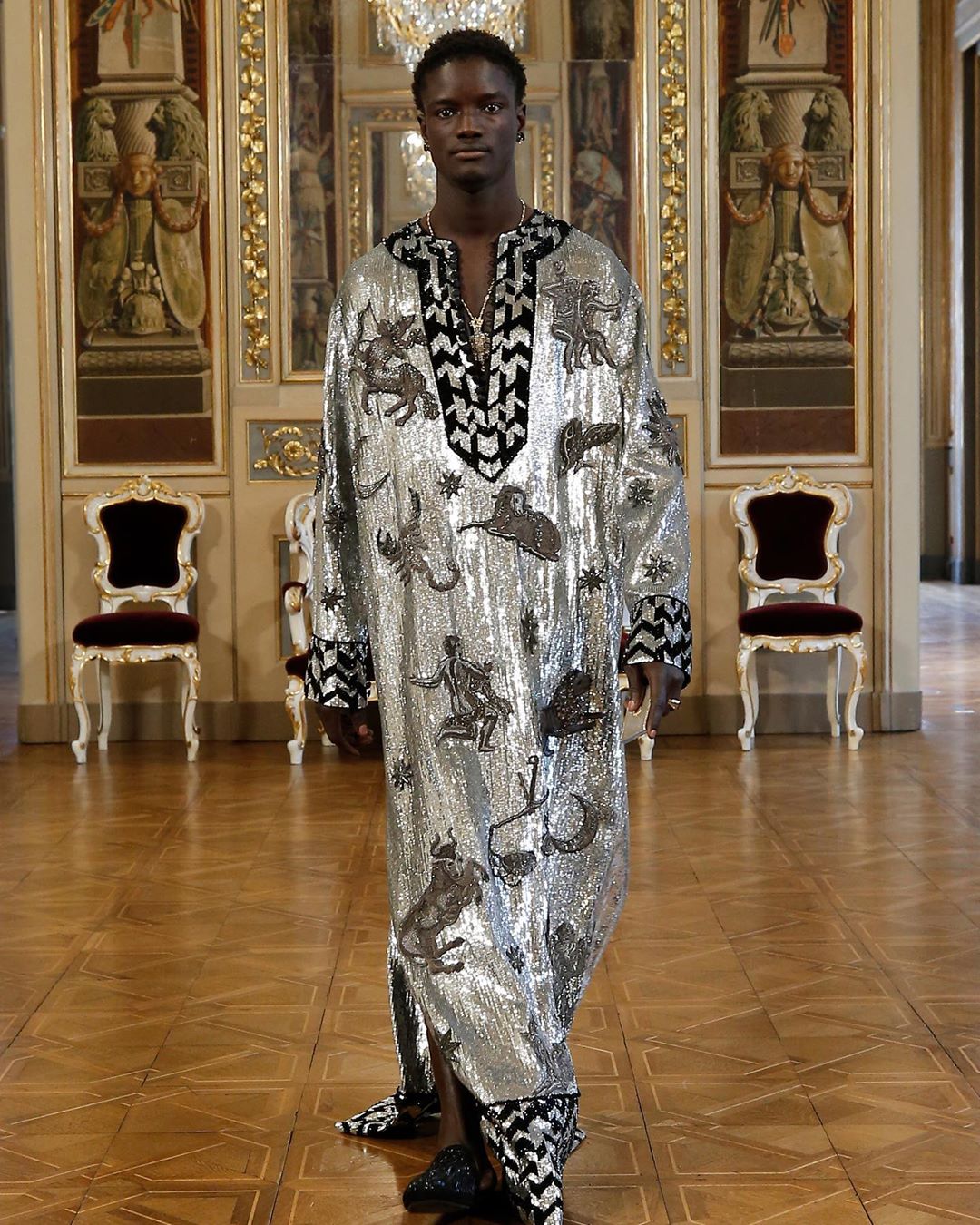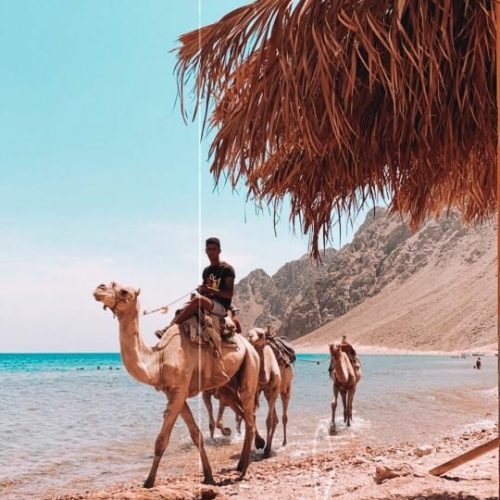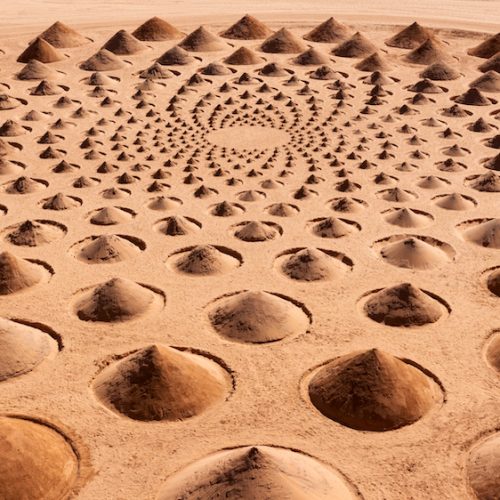Despite reductive narratives perpetuated by the current international socio-political discourse, the Arab world is anything but homogeneous. It’s its own universe—a region of 22 countries, with starkly different cultures—and of course, each with its own, unique traditional dress.
From the Khaeelj’s minimalistic abayas and thobes, Morocco’s intricate kaftas and jellabas, Egypt’s gallabiyah to Jordan and Palestine’s embroidered dishdashahs (just to name a few), the Arab world’s age-old sartorial traditions are incredibly rich – and if we’re being honest, they’re as deserving of pedagogical recognition as 19th century Victorian fashion is, with their corsets and crinolines on display at the UK’s most prestigious institutions.
Yet, despite Arab fashion’s rich history, we’ve fallen short in terms of its preservation and appreciation. One place where Arab fashion has found an unlikely (and undecidedly welcomed) home though, is within 21st century runways—serving as ‘inspiration’ to the world’s biggest contemporary designers, many of whom aren’t Arab.
A quick look through fashion collections of the last decade, and it’s clear: Middle Eastern and North African cultural dress has not gone unimitated—in every pocket of the fashion industry—and we’ve rounded up a few examples for you:





